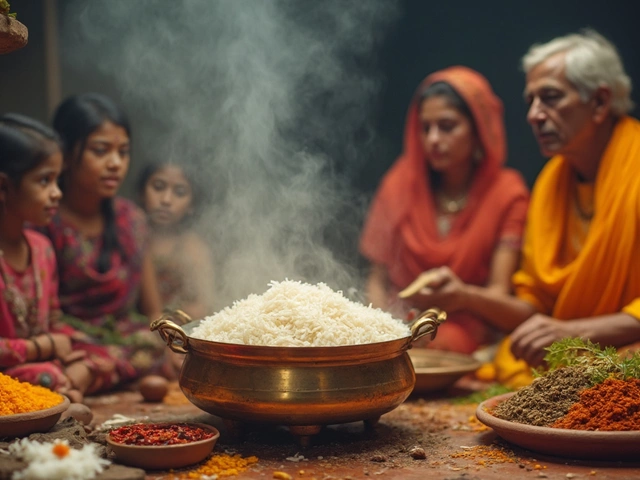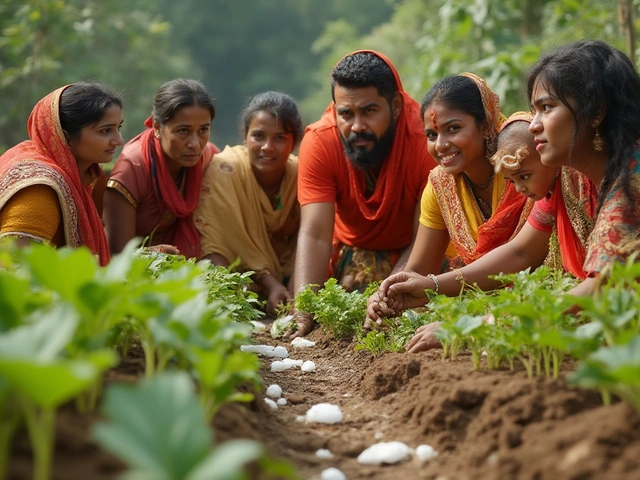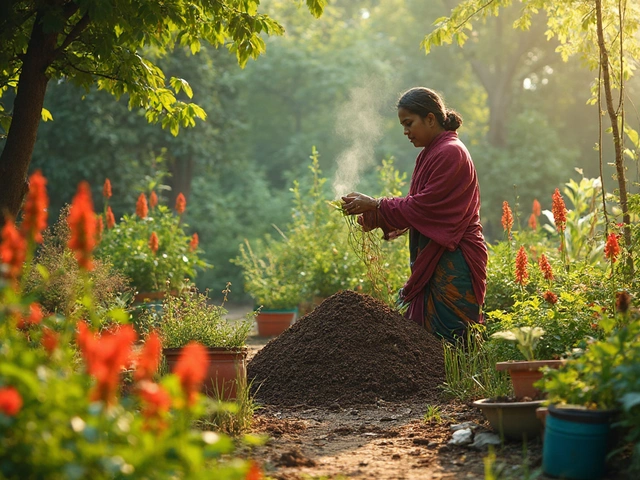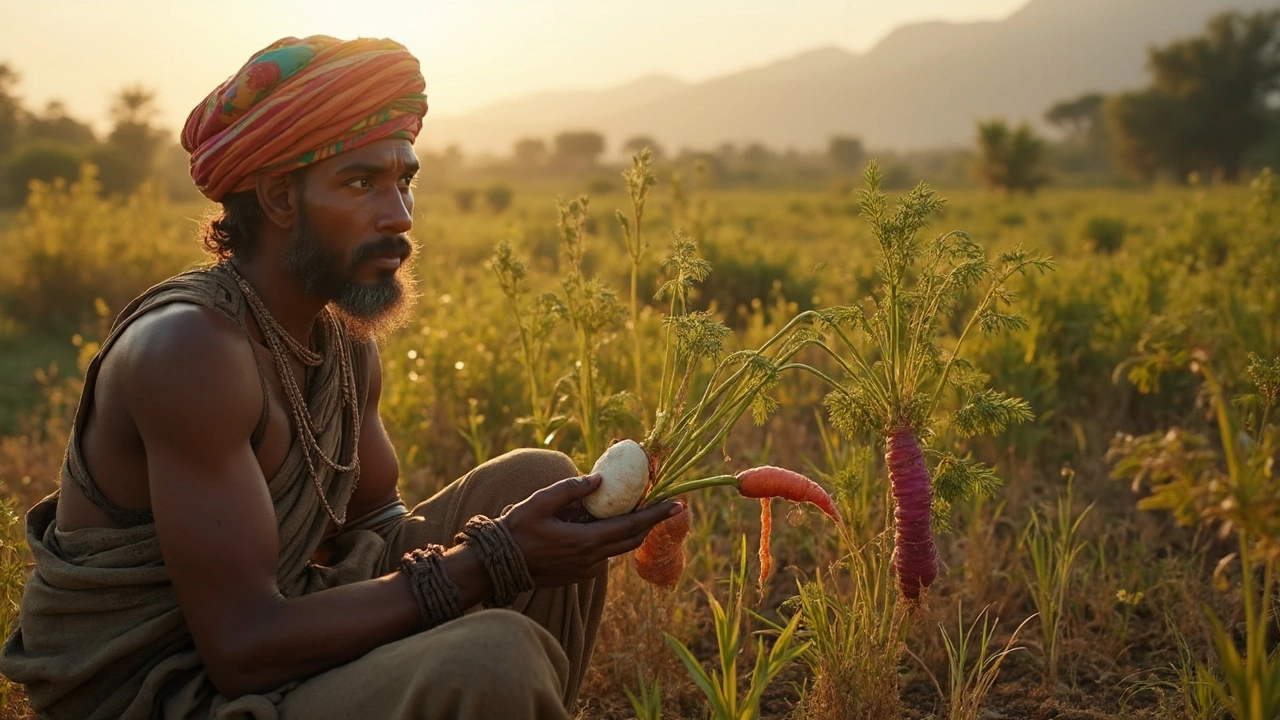Carrot Growing Guide for Indian Gardens
Carrots are a staple in Indian kitchens, and they’re surprisingly easy to grow when you know the basics. In most parts of India, the cool season—from October to February—is perfect for planting carrots because the roots stay sweet and tender. If you’re in a hot region, you can still grow them by starting early in the monsoon and providing some shade.
First thing you need is loose, well‑draining soil. Carrots hate rocks and compacted earth; they need a smooth medium to push straight down. A mix of garden loam, sand, and plenty of compost works well. Aim for a soil pH between 6.0 and 6.8—test it with a simple kit and add lime if it’s too acidic.
Soil, Sowing & Spacing
Before you sow, loosen the top 12‑15 cm of soil and remove stones. Spread a thin layer of compost and rake it smooth. Carrot seeds are tiny, so sprinkle them thinly over the row and cover with a fine layer of sand or vermiculite—about 0.5 cm deep.
Space the rows about 30 cm apart and thin the seedlings to 7‑10 cm between plants once they have two true leaves. Thinning is crucial; crowded carrots become misshapen and slower to mature. If you miss the thinning window, you can still harvest the whole bunch, but expect bent roots.
For higher yields, try a mix of varieties—some early‑maturing like ‘Nantes’ for a quick harvest, and a longer‑season type like ‘Chantenay’ for continuous supply.
Watering, Feeding & Pest Management
Keep the soil consistently moist, especially during germination (the first 2‑3 weeks). A gentle drip irrigation or a fine spray works best; heavy streams can wash away seedlings. Once the roots are established, reduce watering to 1‑2 times a week, but don’t let the soil dry out completely.
Feed carrots with a nitrogen‑balanced fertilizer (10‑10‑10) at planting and again when the tops are about 10 cm tall. Too much nitrogen later on can make the roots woody, so cut back to a low‑nitrogen feed for the final month.
Common pests include carrot flies, aphids, and nematodes. To deter carrot flies, use a fine mesh or row cover for the first month. Neem oil sprays can control aphids without harming beneficial insects. For nematodes, rotate crops—don’t plant carrots where you grew tomatoes or potatoes the previous season.
Harvest carrots when the tops are 15‑20 cm tall for baby carrots or wait until they reach the size you prefer. Gently pull them out with a garden fork to avoid breaking the roots. After harvesting, cut the greens off (they can be cooked like parsley) and store the roots in a cool, humid place—ideally a root cellar or a fridge drawer wrapped in a damp cloth.
With the right soil, timing, and simple pest tricks, you can enjoy fresh, crunchy carrots straight from your garden all year round. Give these steps a try and watch your garden turn orange in no time.
Are Carrots Native to India? History, Origins, and Surprising Facts
Discover whether carrots are truly native to India, explore their wild origins, ancient history, and how they’ve changed flavors and colors through time.
About
Gardening
Latest Posts


Rice Consumption in the US: Spotlight on Leading States
By Alden Thorne Jan 25, 2025

Is Styrofoam Safe for Vegetable Gardens? The Truth About Using Polystyrene in Gardening
By Alden Thorne Jul 5, 2025

How to Make Your Own Cheap Soil for Gardening
By Alden Thorne Apr 11, 2025

